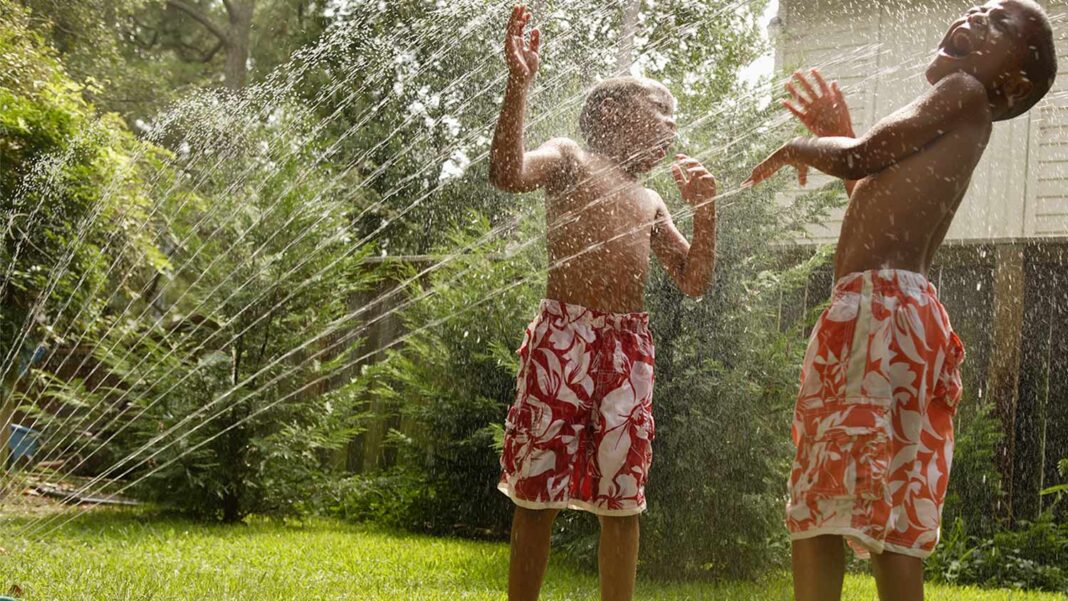Are your lawn sprinklers in Wheat Ridge, Colorado, giving you trouble? Don’t worry, we’ve got you covered! In this article, we will provide you with expert DIY sprinkler repair tips to help you fix your sprinklers and keep your lawn looking lush and green. Whether you’re facing leaks, clogs, or broken heads, these tips will help you address common sprinkler problems efficiently and effectively.
Sprinkler Repair Services in Wheat Ridge:
If you’re dealing with a malfunctioning sprinkler system, it’s essential to address the issue promptly to prevent further damage to your lawn. While professional sprinkler repair services are always an option, tackling minor repairs on your own can save you time and money. Just Right Sprinklers in Wheat Ridge offers top-notch services, but with the right tools and know-how, you can handle many sprinkler repairs yourself.
Lawn Sprinkler Repair: Common Problems and Solutions
1. Leaks:
Have you noticed water pooling in certain areas of your lawn? This could be a sign of a leak in your sprinkler system. To fix a leak, start by inspecting the affected area for any visible damage to the pipes or fittings. Tighten loose connections, replace damaged parts, and reposition sprinkler heads to ensure proper coverage.
2. Clogs:
Clogged nozzles can result in uneven watering and dry patches on your lawn. To clear a clog, remove the affected nozzle and soak it in warm, soapy water to dissolve any debris. Use a small brush or compressed air to clean out the nozzle and reattach it to the sprinkler head. Regularly cleaning your nozzles can prevent clogs and ensure optimal sprinkler performance.
3. Broken Heads:
Broken sprinkler heads can lead to wasted water and inefficient watering. If you notice a broken head, turn off the water supply to the affected zone and carefully dig around the head to expose the connecting pipe. Unscrew the broken head and replace it with a new one of the same model. Be sure to adjust the new head to the correct spray pattern for even coverage.
4. Uneven Coverage:
Uneven spray patterns can result in overwatered or underwatered areas of your lawn. To adjust the coverage of your sprinklers, use a screwdriver to rotate the adjustment screw on the nozzle. Test the new spray pattern and make further adjustments as needed until you achieve uniform coverage across your lawn.
5. Low Water Pressure:
Low water pressure can prevent your sprinklers from effectively watering your lawn. Check for clogs in the filters, valves, or nozzles and clean or replace any obstructed components. Ensure that the water supply to your sprinkler system is fully open and that there are no leaks or blockages in the pipes.
Conclusion:
By following these DIY sprinkler repair tips, Wheat Ridge residents can keep their sprinkler systems in top condition and enjoy a healthy, vibrant lawn all season long. Remember to perform regular maintenance on your sprinklers to prevent issues before they arise and make any necessary repairs promptly to avoid costly damage. With a little know-how and effort, you can have your sprinklers running smoothly in no time!
Learn how Wheat Ridge residents can tackle common sprinkler problems with expert DIY repair tips. Keep your lawn looking lush with these easy fixes!
Remember to always prioritize safety when working on your sprinkler system, and if you’re unsure about a repair or the problem persists, don’t hesitate to reach out to a professional for assistance. Happy repairing!




